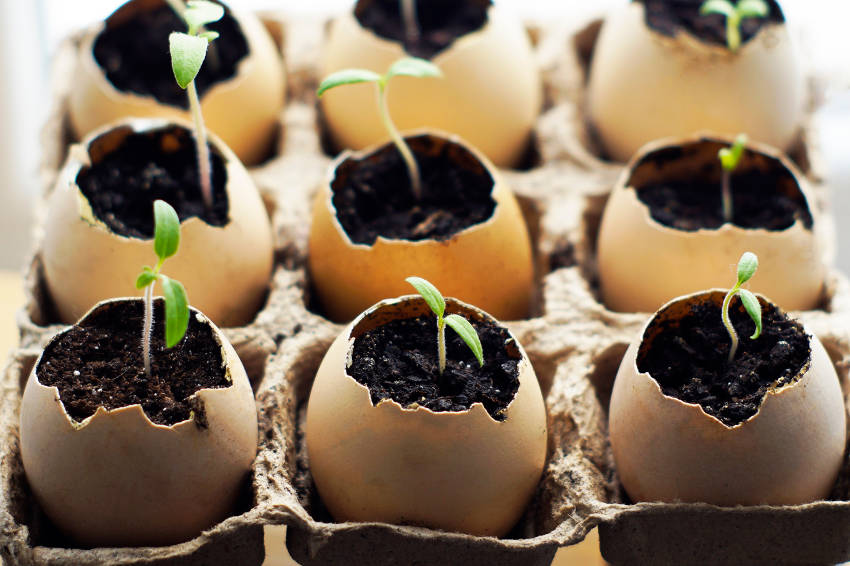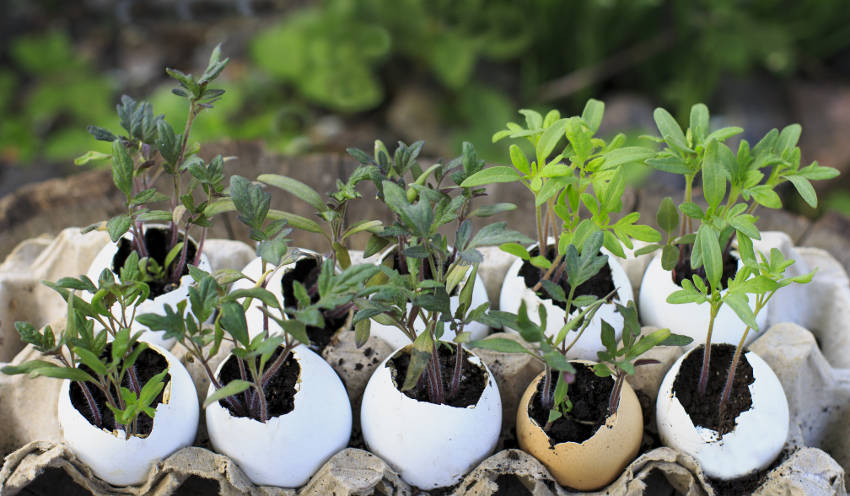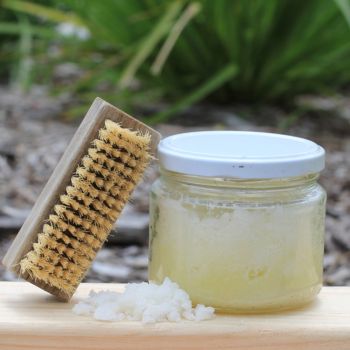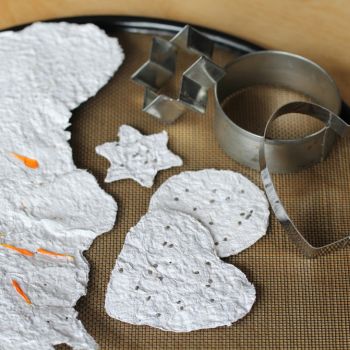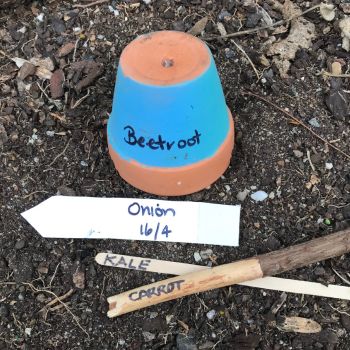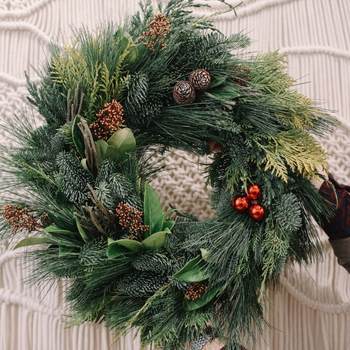When it comes to growing your own plants, a healthy start to a seedling's life usually results in strong and productive adults. Sowing seeds under controlled conditions indoors is a great way to go about this, and there are many types of container you can use.
However, there's one fairly significant difficulty. Many plants hate being transplanted, and the shift to a new location can set back their development or, even worse, damage their tender roots.
One way to overcome this is to sow your seeds in biodegradable containers made from recycled cardboard or organic material, although this can quickly get expensive if you're sowing in bulk.
But there's another option that uses cheap, natural household items that most people have readily to hand: empty eggshells.
The Benefits of Sowing Seeds in Eggshells
Most seeds can be sown successfully in eggshells, although the method is more suited to smaller seeds such as tomatoes and herbs than larger beans, peas, or squashes.
The immediate benefit is of easing transplanting disruption by planting out the seedling and shell together. However, there are other advantages too.
Eggshells are largely made up of calcium, an important mineral for many plants' health. This calcium leeches into the seed compost as you water it, and after planting out, the entire shell will slowly break down, adding nutrients to the soil.
It's also said that slugs and snails hate sharp and spiky eggshells, providing the young seedlings with a little extra protection. However, as with all things slug-related, it's hard to separate fact from fiction.
And of course, this method avoids the waste and environmental damage of using non-recyclable plastic plant pots.
How to Sow Seeds in Eggshells
First you'll need your eggshells. Save them up as you go, or if you've left it late, cook a family-sized batch of scrambled eggs to fuel your sowing session. Either way, the rest is easy.
- Ideally, crack each egg around a third of the way down from the pointed end, keeping the bottom rounded two-thirds intact. In practice, cracking them any way is fine so long as at least half of the shell survives to form a suitably sized container.
- Wash the shells well to prevent rot, mould, and nasty smells from developing.
- Prick a large hole in the base of each shell for drainage, using a large needle or a sharp nail. Doing this while the shells are still wet will help stop them shattering.
- Let the shells dry off, then label them with their future seed contents using a garden-friendly permanent marker.
- Fill each shell to around two-thirds with fresh seed potting mix, and place the eggs upright in their box. A plastic box with a lid can help with germination, but isn't essential.
- Sow your seeds as the packet advises, but generally use two or three per eggshell to ensure germination. Extra seedlings can be thinned out later if necessary.
- Water well, being careful not to uncover the seeds. A garden spray or mister is ideal.
- Place the egg box in a warm, dark place until the seeds germinate, and then move to a sunny windowsill.
- Once the seedlings are ready to plant out, slightly crush the shells gently by hand to give the roots an easy route out into the open ground.
- Transplant the seedlings, shell and all, to their final location and water well.
Sowing seeds in eggshells is fun, easy, good for the environment, and great for your plants. And if you also keep chickens who feed on your home-grown scraps, it completes the growing circle in a very satisfying way.
